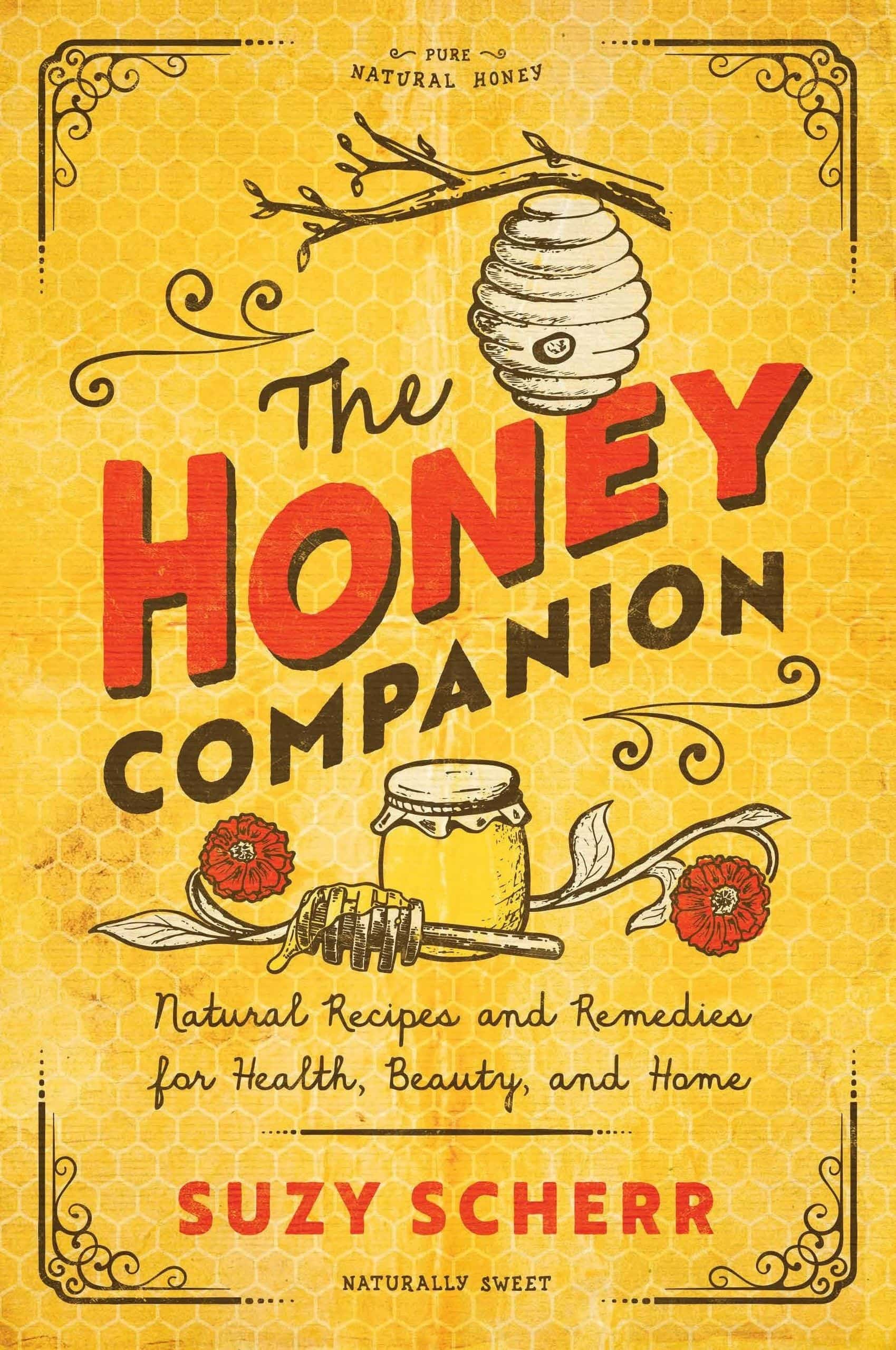How Bees are Helping to Rebuild Urban Detroit
Meet a recent buzzworthy Bee Grant recipient: Detroit Hives. #GiveBeesAChance
Pollinators are crucial to the future of our food. And kids are crucial to the future of pollinators. So, let’s introduce kids to the power of pollinators!
During National Pollinator Month in June, the #GiveBeesAChance campaign aims to raise enough funds to provide 50 new beehives to schools and nonprofits across the U.S. and Canada. In addition to funding educational hives, your family can also protect pollinators at home every day. One easy and tasty way? Buy local honey.
Honey: Beyond Tea & Toast
Buying local honey supports a thriving local bee ecology, which means that more food can be grown locally. But what can your family do with honey beyond stirring it into tea and topping toast? So much.
We turned to Suzy Scherr, a writer, recipe developer, personal chef, DIY maven and author of the new book The Honey Companion: Natural Recipes and Remedies for Health, Beauty, and Home (The Countryman Press, 2019) to get the scoop. Her book highlights 75 uses for raw honey, so she knows how to make the most of every drop of honey.

“Using honey on the regular will change your life and — thanks to the amazing work of bees —benefit the planet,” explains Suzy. She calls honey “nature’s all-in-one product” for good reason: it can do much more than sweeten food including supporting body care, health remedies and household cleaning. Her book is chock-full of honey-centric beauty, health and household solutions, how-tos and recipes like a DIY facial scrub, a sore throat soother, reusable food wrap, miso-honey chicken wings and more.
While Suzy was writing the book, she also learned about medical-grade honey, which has antibacterial and anti-inflammatory properties and is used as a therapeutic remedy. Now after some experimentation, her family uses honey as a go-to salve for sunburns, minor cooking-related burns, even chapped cheeks from the wind.
Stock Your Pantry
There are more than 300 different kinds of honey produced in the U.S., so Suzy recommends starting with wildflower and clover, both of which are widely available and have mild/familiar flavors that appeal to kids. Also look for blueberry, orange blossom and sage honey, which are typically light in color, mild in flavor and fun for kids to try. Whichever you choose, be sure you’re buying raw, unprocessed honey to get the most health benefits, advises Suzy.
Homemade Soda
The Honey Companion includes edible recipes to carry you through the day from baked goods, snacks and sauces to entrées, desserts and drinks. At home, Suzy’s family has been making a lot of homemade sodas, using honey, fruit and herbs as sweeteners and flavorings. “So easy, refreshing and perfect for summer,” she explains. Mix, match and experiment!
Homemade Soda Recipe
Simple Syrup Recipe
Here are a few ways to infuse simple syrup with flavor:
Honey-Herb Syrup
Combine one batch of still-warm honey syrup with three springs of any fresh herb, steep for 20 to 30 minutes, then strain and cool.
Honey-Fruit Syrup
Combine one batch of still-warm honey syrup with 8-ounces of peeled and chopped or mashed fruit and 1 teaspoon vanilla extract (optional), steep for 20 to 30 minutes, then strain and cool.
Honey-Citrus Syrup
Combine one batch of still-warm honey syrup with ½ cup of fresh citrus juice and 1 tablespoon citrus zest, steep for 20 to 30 minutes, then strain and cool.
Honey-Spice Syrup
Combine one batch of still-warm honey syrup with ¼ cup of whole dried spices or ½ cup of chopped fresh spice (e.g. ginger), steep for 20 to 30 minutes, then strain and cool.
Tip: Blend a few flavors of syrups together for the ultimate soda. Some recommended combinations include: Cherry-Vanilla; Peach-Ginger; Strawberry Basil; and Blood Orange-Rosemary.
Endless Possibilities
“I think one of the most fascinating things about honey is the fact that it never goes bad. It literally has an indefinite shelf life,” explains Suzy. “After learning that, honey's seemingly endless, seemingly magical properties start to make quite a bit of sense!” In fact, in her book, Suzy tells the story of how archeologists discovered honey that had been buried with other valuables in King Tut’s tomb; 3,000 years later, the honey was perfectly preserved and edible.
And when you get to those last drudges in the jar (no matter how long it takes), Suzy recommends adding them to salad dressings, cocktails and cheese plates or drizzling over roasted veggies. Honey truly is good to the last drop.
For dozens of tips, household solutions, crafts and recipes, check out Suzy’s book The Honey Companion: Natural Recipes and Remedies for Health, Beauty, and Home available now on Amazon.com and your local booksellers!
And if your family is interested in learning more about bees and their role in our food system, click here for more information and kids activities.
Learn more about the power of honey and how one nonprofit is revitalizing Detroit’s urban landscape with the help of bees!